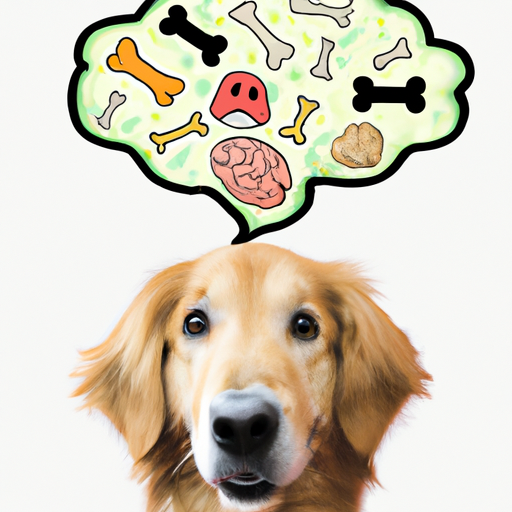Understanding Your Furry Friend
Ever wondered what goes on in the mind of your beloved canine companion? You’re not alone. As a caregiver to your pet, you’ve likely spent countless hours observing their behavior, attempting to understand their thoughts and emotions. Here, we’ll delve into the fascinating world of dog cognition to help you better comprehend what dogs might be thinking.
The Science Behind Canine Cognition
Scientific studies show that dogs have a cognitive structure similar to a human toddler. They can understand up to 250 words, perform basic arithmetic, and even get crafty with deception. Here’s what you need to know:
-
Emotional Intelligence: Dogs possess a level of emotional intelligence equivalent to a 2-year-old child. This means they can feel basic emotions like joy, fear, anger, disgust, and love.
-
Memory: Dogs have both short-term and long-term memory, but it works differently than ours. They remember important people, places, and experiences, particularly those associated with strong emotions.
-
Communication: Dogs communicate primarily through body language. They are constantly reading our gestures, facial expressions, and tone of voice.
Interpreting Dog Behavior
Understanding dog behavior can feel like learning a new language. Here’s a brief guide to some common behaviors:
- Tail Wagging: While we often equate this with happiness, it can also indicate fear, aggression, or anxiety.
- Barking: Dogs bark to communicate a variety of emotions. The pitch, volume, and frequency can all provide clues about what they’re trying to say.
- Yawning: While it can indicate tiredness, dogs also yawn when they’re anxious or trying to diffuse a tense situation.
Influence of Human Behavior on Dogs
Just as we influence our dogs, they, in turn, influence us. Studies show that dogs can catch our moods. If you’re feeling stressed or anxious, it’s likely your dog is too. Here are some tips for ensuring a positive influence on your dog:
- Stay Calm: Dogs are sensitive to our emotions. Try to remain calm and composed, even in stressful situations.
- Consistent Routine: Dogs thrive on routine. Try to keep their feeding, exercise, and sleep schedules consistent.
- Positive Reinforcement: Reward good behavior with treats, praise, or playtime. This encourages them to repeat these behaviors in the future.
FAQs
Q: Can dogs recognize themselves in a mirror?
A: No, dogs typically can’t recognize their reflection. They may react by showing curiosity or indifference.
Q: Do dogs dream?
A: Yes, dogs do dream. You may notice them twitch or “run” in their sleep – this is likely them dreaming.
Q: Do dogs understand time?
A: Dogs have a basic concept of time – they can differentiate between shorter and longer time periods.
Q: Can dogs feel complex emotions like guilt or pride?
A: It’s unclear whether dogs can feel complex emotions. They may display behaviors that we interpret as guilt or pride, but these are likely responses to our reactions.
By better understanding what dogs might be thinking, we can improve our relationships with our canine companions and provide them with a happier, healthier life.



